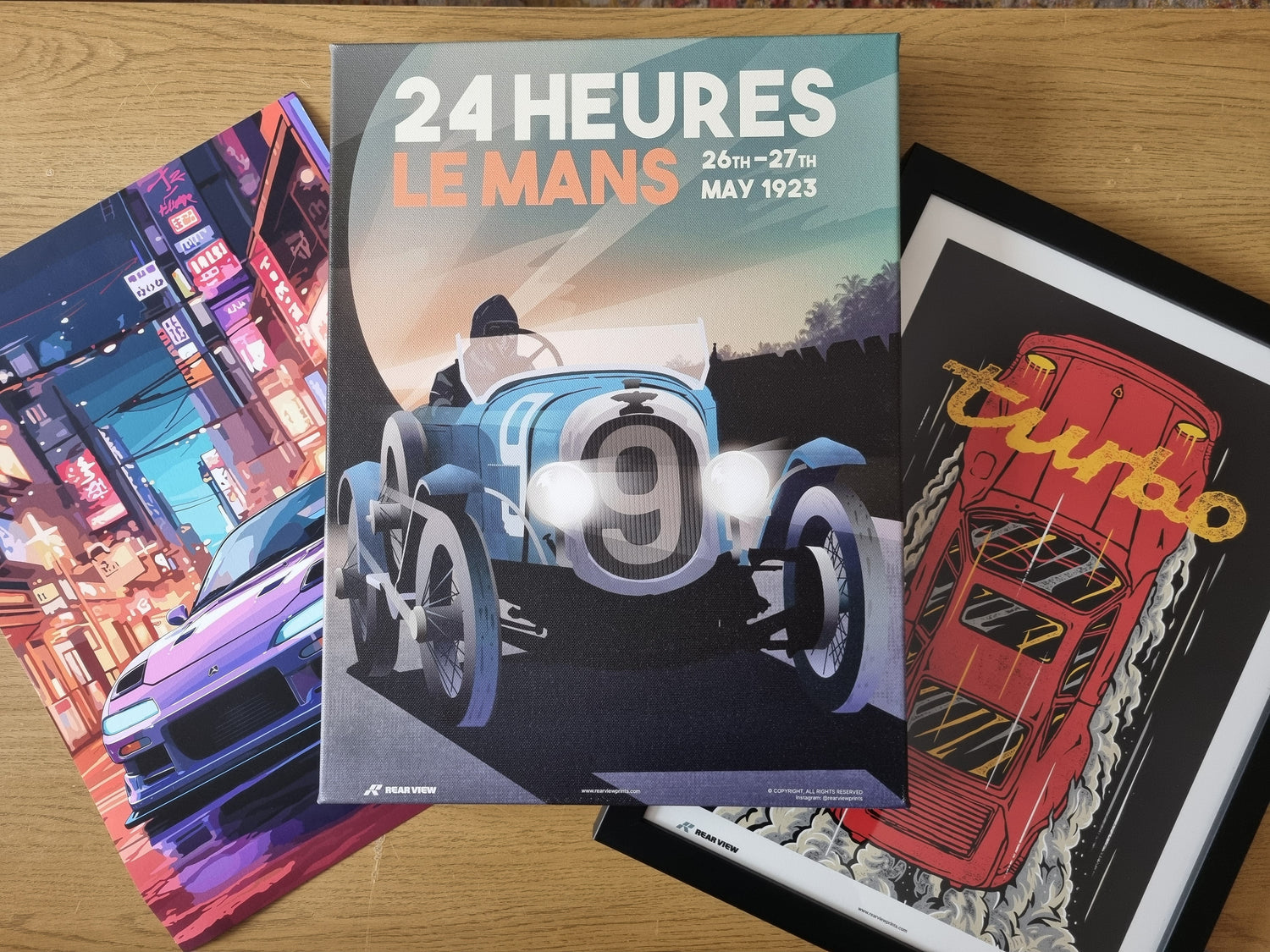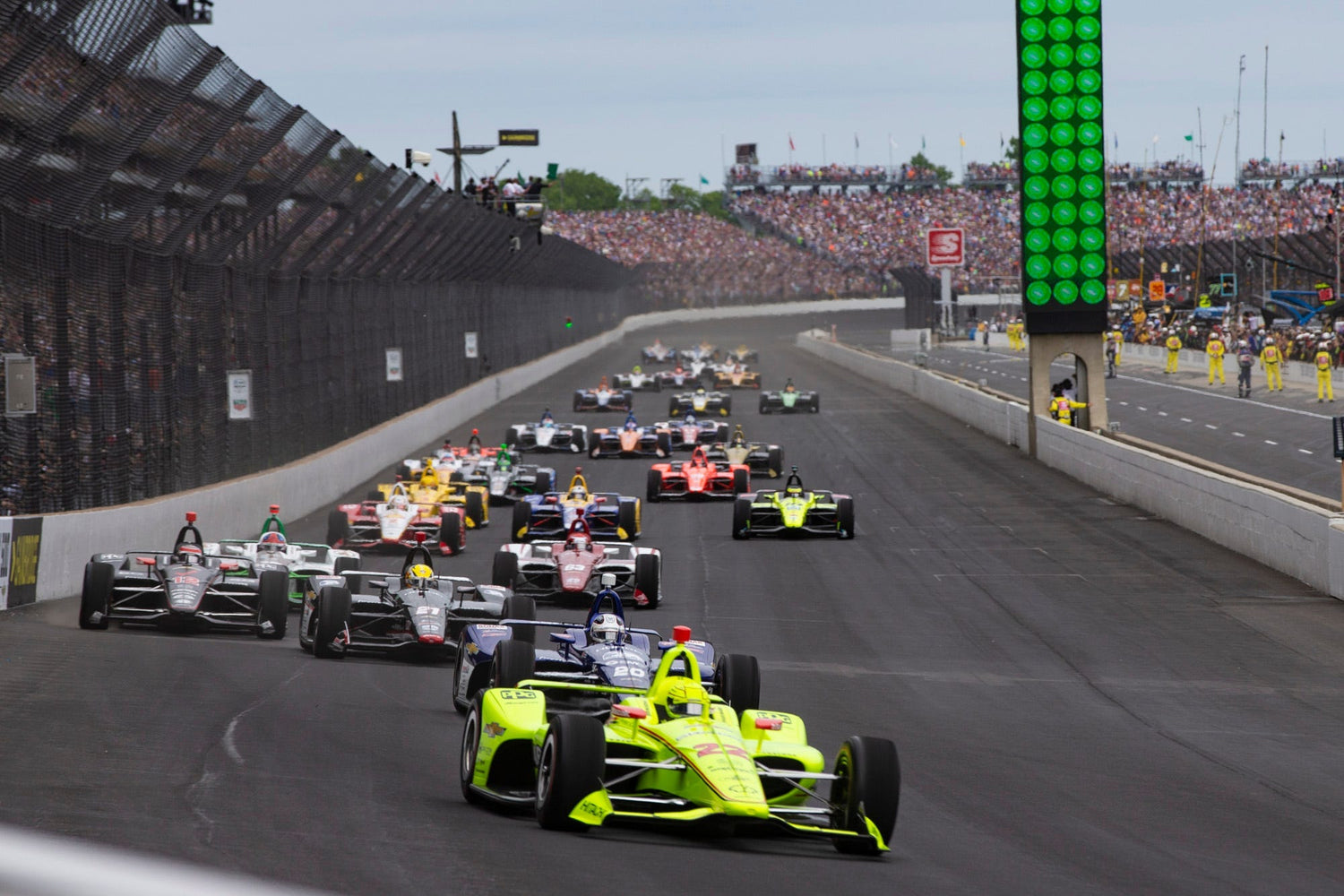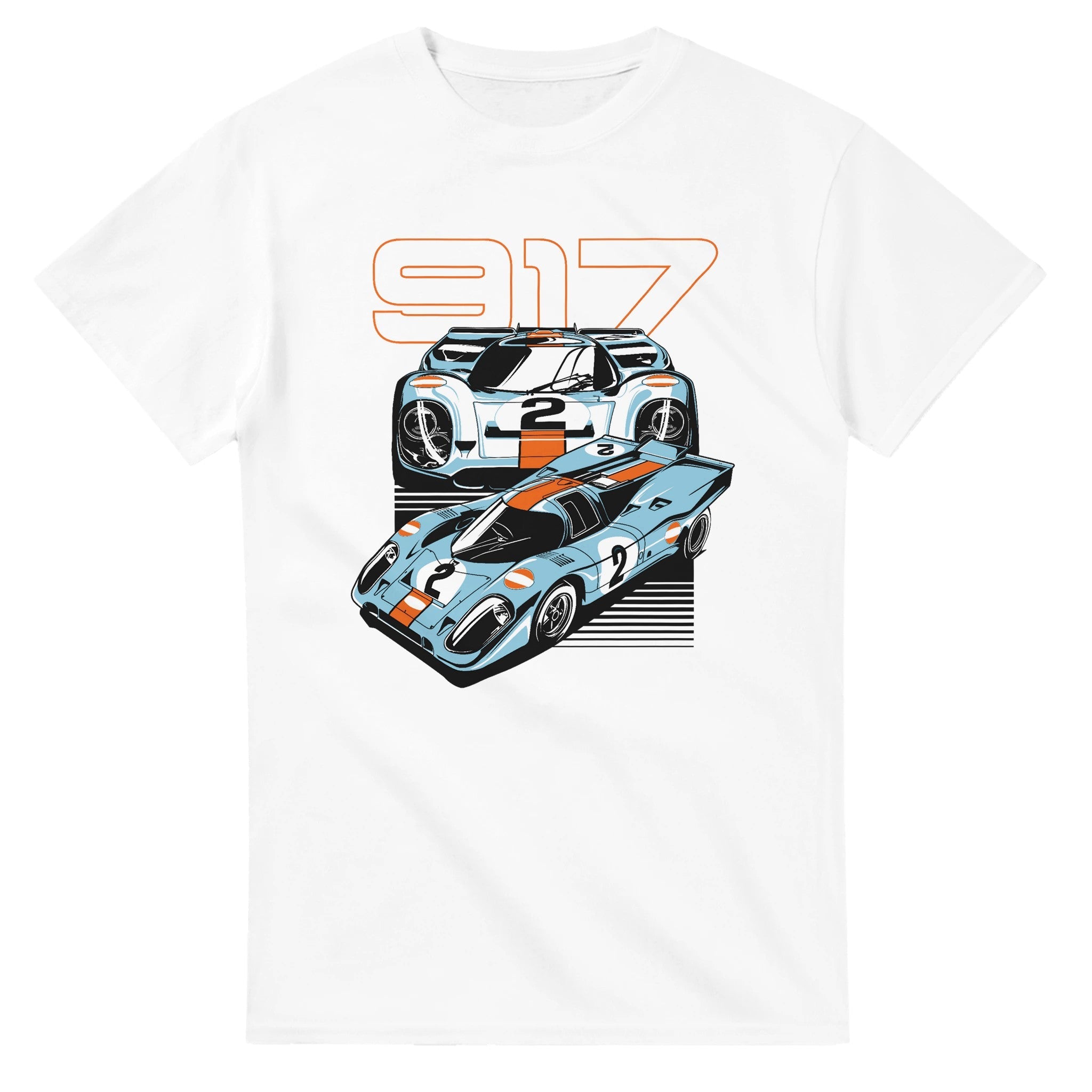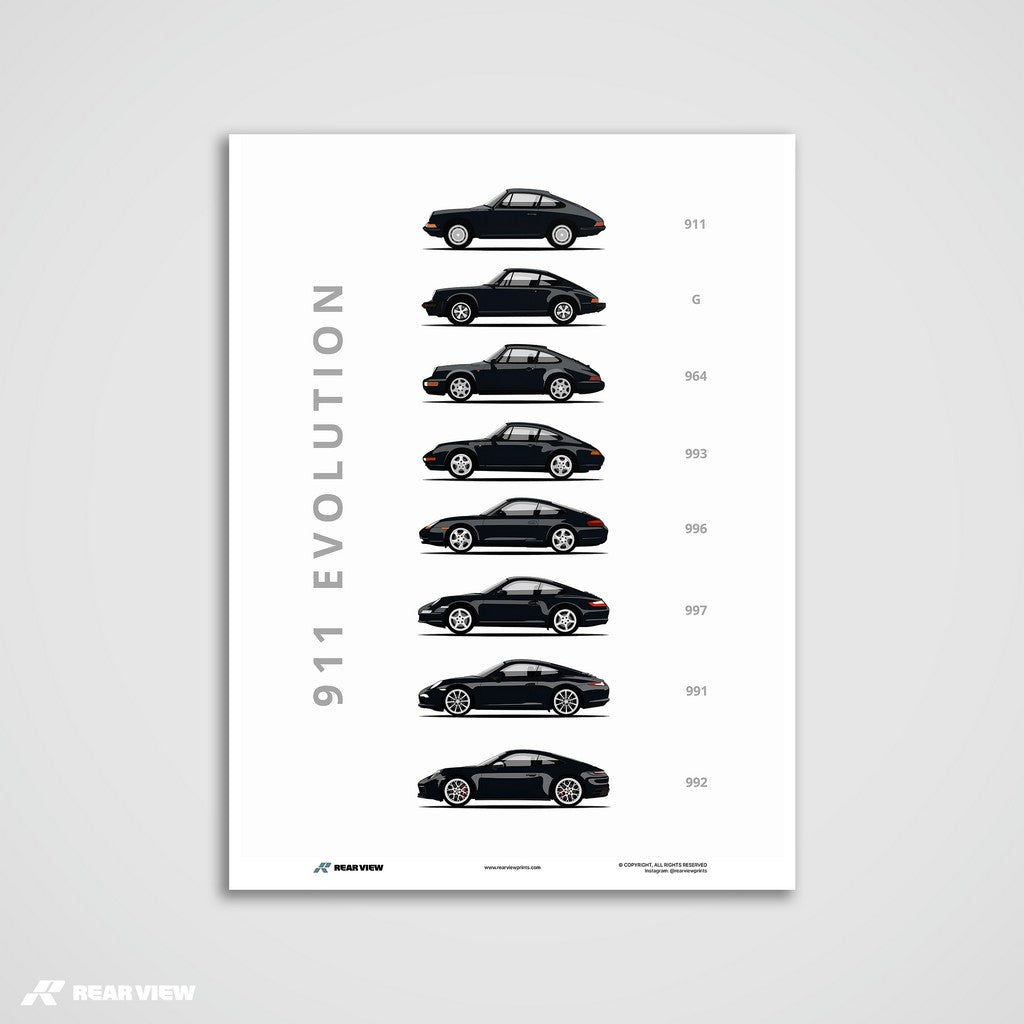Get Ready for the Ride of Your Life: The Ultimate Guide to Rally Racing
Rally racing is a thrilling and exciting motorsport which brings together speed, skill, and strategy to create an adrenaline-fueled competition.
Are you ready to experience the thrill of rally racing?
This ultimate guide covers everything you need to know about this exciting sport, from the different types of rallies and the vehicles used to the roles of the driver and co-driver.
Rally Racing: More Than Just Speed
Rally racing, also known as road rallies, is a competitive motorsport event that takes place on public roads. The Fédération Internationale de l'Automobile (FIA) defines a rally as a road competition with an imposed average speed that takes place partly on roads open to normal traffic.
A rally race can be a single race or made up of several stages which converge on a final destination.
Rallies competitive element is usually based on accurate timekeeping, navigation, vehicle reliability, endurance, and motoring ability.
Some common types of rallies are regularity rally, also known as a Time-Speed-Distance (TSD) rally, which tests the team’s ability to stay on track and on time, Monte-Carlo styles (Monte Carlo, Pan Am, Pan Carlo, Continental) rally which also tests navigation and timing), and various Gimmick rally types which can throw in other wild elements such as treasure hunts! Though these are usually amateur events.
The Driver and Co-Driver
A rally team is made up of a driver and a co-driver. The driver is the person who drives the car during the rally, and the co-driver accompanies the driver inside the car during a rally stage and is sometimes called a navigator. The co-driver's role is to manage everything from route finding to time keeping, allowing the driver to focus on staying on the road!
The Co-Drivers most crucial role is calling out the upcoming route to the driver allowing them to navigate the rally route safely and efficiently. The driver and co-driver work together to navigate the rally route, and their teamwork is essential to the success of the rally team.
Rally Racing Evolution: The History of Car Development
Starting in the 1950s, auto manufacturers entered cars in rallies, and in their forerunner and cousin events. As rallying became more and more popular with car enthusiasts, car companies started to introduce special models or variants of popular cars specifically for rallying, like the Mini Cooper and Escort Twin Cam.

In 1980, a German car maker, Audi, introduced a rather large and heavy coupé version of their family saloon, installed a turbocharged 2.1 litre five-cylinder engine, and fitted it with four-wheel drive, giving birth to the Audi Quattro. International regulations had prohibited four-wheel drive in rallying events, but FISA accepted that this was a genuine production car and changed the rules and the face of rally competitions forever.
The Quattro defined rallying for a generation and was the car to beat on every terrain; in 1983 the Quattro took Hannu Mikkola to the World Rally Championship title.
Decorate your home with a piece of history with out Sport Quattro S1 Poster.
In 1982, the FIA replaced the structure of rallying competition groups, with the introduction of Group B, which allowed for the use of highly modified vehicles and led to some of the most iconic rally cars of all time such as the Lancia Delta S4, Peugeot 205 T16, and Ford RS200.
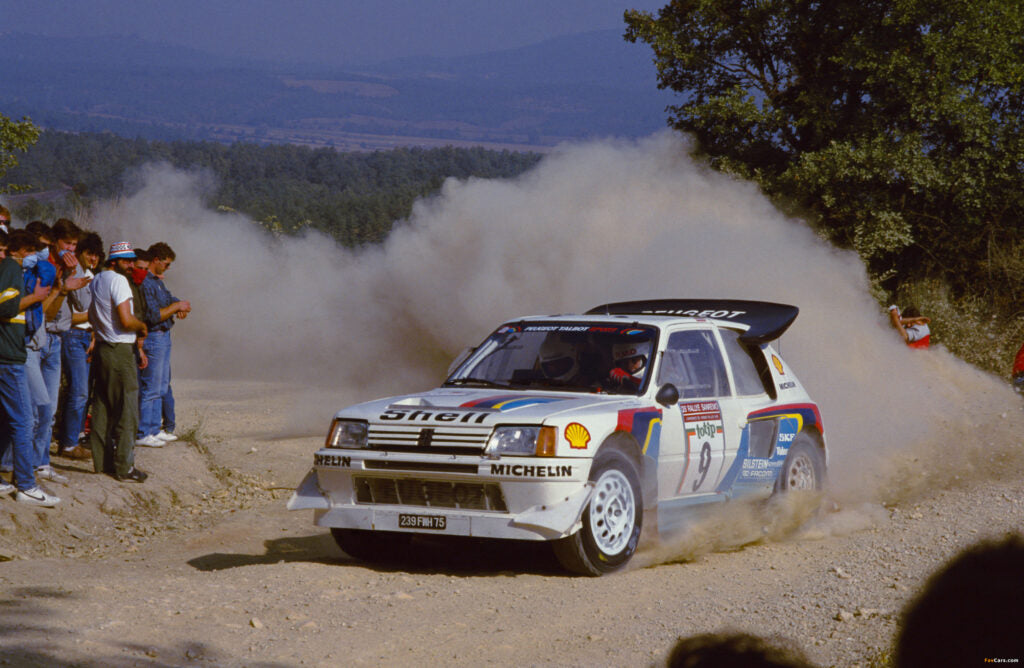
Sadly, following a series of fatal accidents, Group B was banned in 1986.
Celebrate the legacy of Group B with our tribute poster.
Group A was introduced by the FIA in the late 1980s as a replacement for the ba nned Group B cars. Group A cars were based on production models and had to be certified, for competition use by the FIA.
This new group led to the development of rally cars such as the Toyota Celica GT-Four, Ford Sierra RS Cosworth, and Subaru Impreza WRX.
In 1997, the FIA introduced the World Rally Car (WRC) class, which replaced Group A cars. WRC cars were based on production models and were required to have a certain level of performance and safety modifications.
This class led to the development of a series of impressive modified road cars such as the Ford Focus WRC, Subaru Impreza WRC, and Citroen C4 WRC.
Today, the FIA World Rally Championship (WRC) is the premier rally racing championship in the world, and features some of the best drivers, co-drivers, and teams in the sport. With new technologies and advances in car development, rally racing continues to evolve and push the limits of what's possible on any terrain.
Visualise the development of Rallying with our History of Rally Poster.
The Supporting Team
A rally team is made up of various individuals who all play a crucial role in the success of the race.
These include the team principal, engineer, mechanic, gravel crew, and race officials.
The team principal is the authoritative organizer and decision maker. They are responsible for recruitment, technical development, and competitive aims or targets. They also handle financial management, promotional and commercial activities.
The engineering team develop the car in the factory before the rally events, tuning it to be in best form for competition. During a rally, the engineer will assist the driver with the set-up of the car such as fine-tuning the suspension, differentials, gear ratios or deciding on correct tires. Many engineers are also mechanics.
The mechanic repairs and services the car before, after and in scheduled service stops during the rally event. They must have multiple skills, from panel-beating to electrical diagnostics as the high impact of rallying can cause a wide range of damage or technical issues.
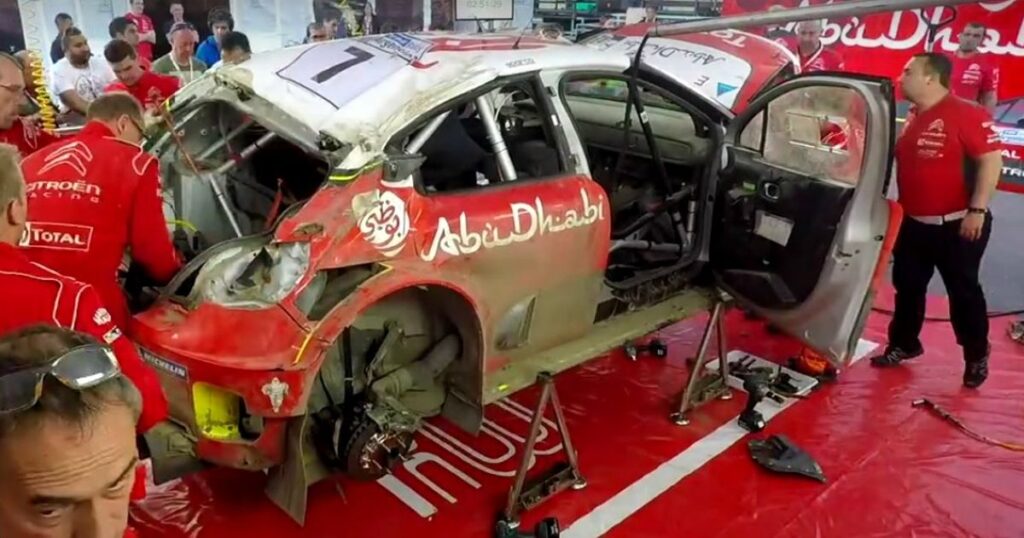
The gravel crew are only found on asphalt rallies. These crews drive the stages as late as possible before the race itself begins to make a last-minute reconnaissance and feed valuable information back to their team. They must work fast as they often run whilst the main rally crew is completing other stages which makes the window for communication very small.
Race Officials include the rally director, stewards, clerk of the course, scrutineers, marshals, and timing official. These individuals ensure the adherence to rules and regulations, compile timings and results, and ensure the safety of all competitors.
In summary, a rally team is not just the driver and co-driver, but a group of individuals with diverse skills and responsibilities who work together to ensure a successful race. Their teamwork and coordination are essential to the success of the rally.
The Importance of Vehicle Maintenance and Safety
Preparation is key to a successful rally race. Unlike other sports preparation for a rally race includes not only training and strategy for the driver and co-driver, but also the maintenance and safety of the vehicle.
Rally cars are put through intense conditions and must be able to withstand the rigors of the race. Regular maintenance such as oil changes, tire rotations, and brake checks are crucial to ensure the vehicle is in top condition.
Additionally, rally cars must be equipped with high end safety features such as roll cages, fire extinguishers, and specialist seat belts to protect the driver and co-driver in case of an accident.
It is also important to have a reliable support team on hand to make any necessary repairs or adjustments during the rally. By taking the necessary precautions and ensuring the vehicle is in top condition, rally teams can increase their chances of success and ensure the safety of all participants.
The Top 5 Rally Drivers of All Time
Rally racing has produced some of the most talented and skilled drivers in the world of motorsports.
Here are our top 5 rally drivers of all time:
See if you can spot them in our Rally Legends Poster.
1. Timo Mäkinen: One of the original ‘Flying Finns,’ The Godfather of the early days of rallying Mäkinen was a dominant force in the 1960s and 1970s. He won the 1964 Tulip Rally, the 1965 Monte Carlo Rally and was considered the fastest Escort driver of all time. Timo retired in 1977 but made a brief comeback in 1994.
2. Hannu Mikkola: Mikkola treated fans to a wonderful career spanning 31 years, during which he won almost everything possible to win, including the 1970 World Cup Rally and the 1978 British Rally Championship. Mikkola was also a four-time winner of the RAC rally and the 1983 World Rally Champion.
3. Colin McRae: McRae was the son of a five-time British Rally Champion, and despite his incredible pedigree he went on to exceed expectations winning the 1991 and 1992 national titles, as well as the 1995 World Rally Championship. He was known for his electrifying driving style and holds the record for 25 WRC wins.
4. Carlos Sainz Snr: Sainz is a legendary Spanish driver famous for holding the record for the most WRC starts. In Sainz’s incredible rally career he has amassed 96 WRC podium finishes and 26 wins. Sainz claimed the 1990 and 1992 World Rally Championship and won the 2010 Dakar Rally.
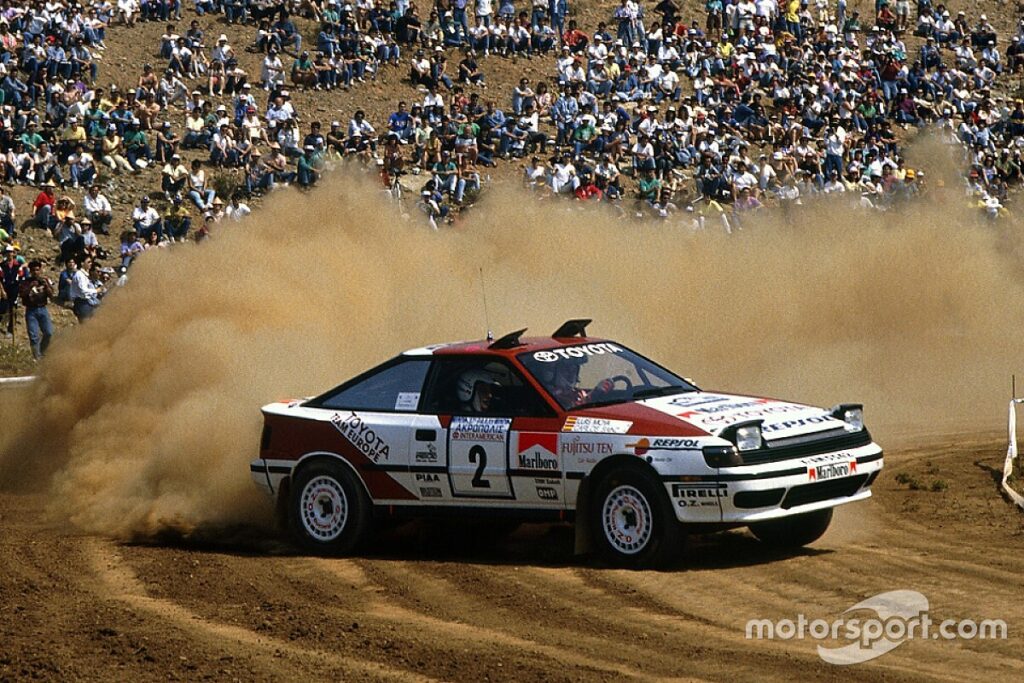
Share in Sainz’s Dakar success with out Dakar Dreams Print.
5. Juha Kankkunen: Kankkunen is a Finnish driver who had a successful career spanning from 1979 to 2010. He won 23 rally’s and 4 WRC titles, driving for three different factory teams. He also won the 1988 Dakar Rally.


